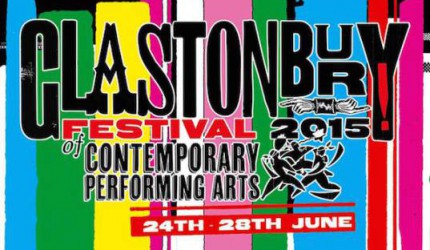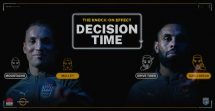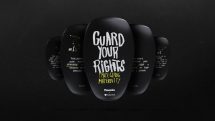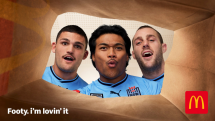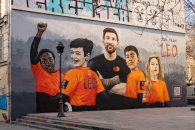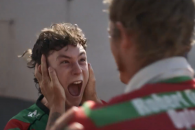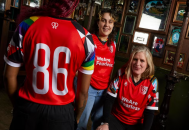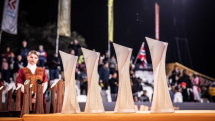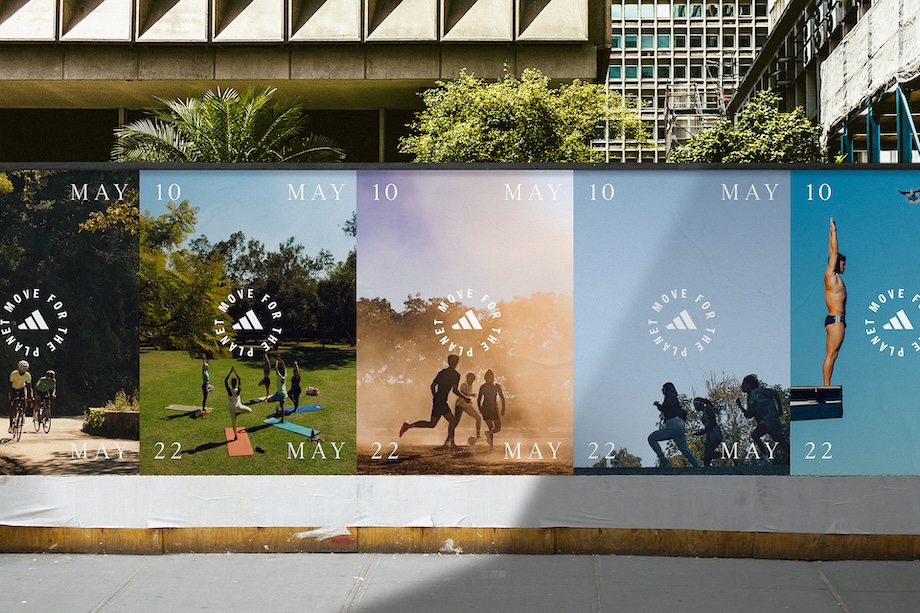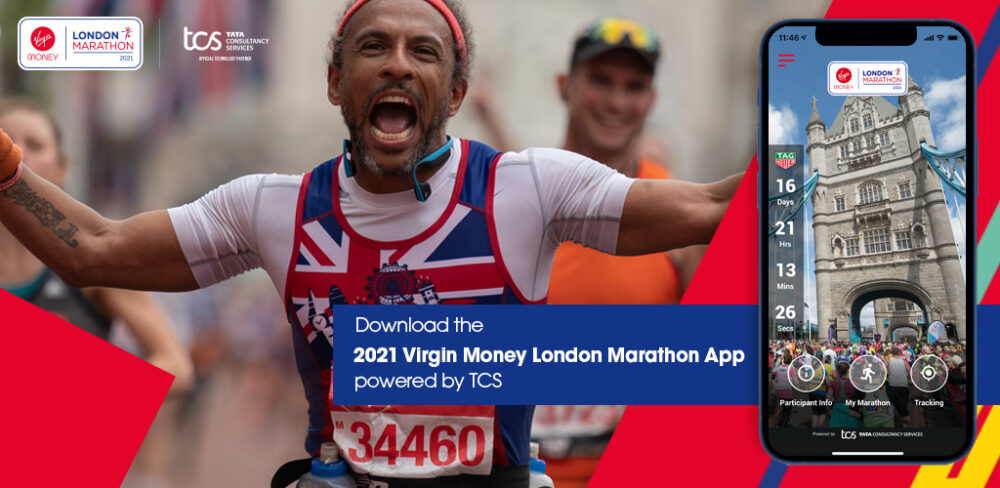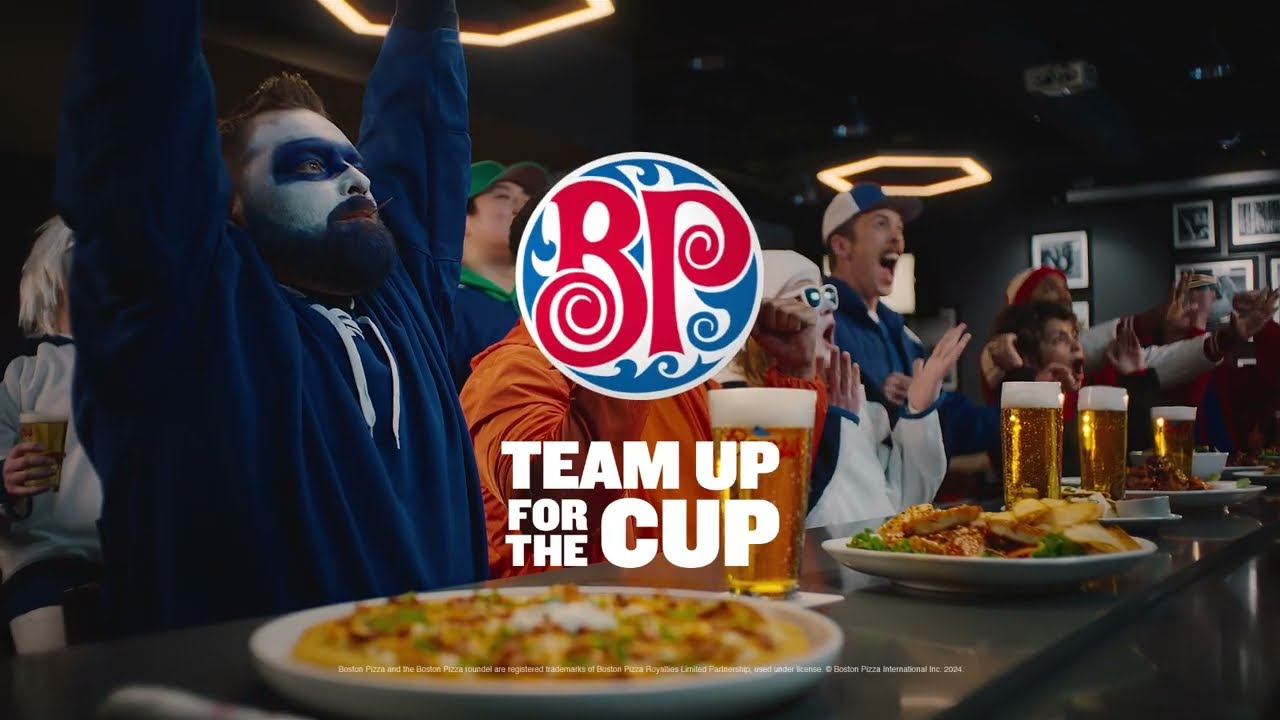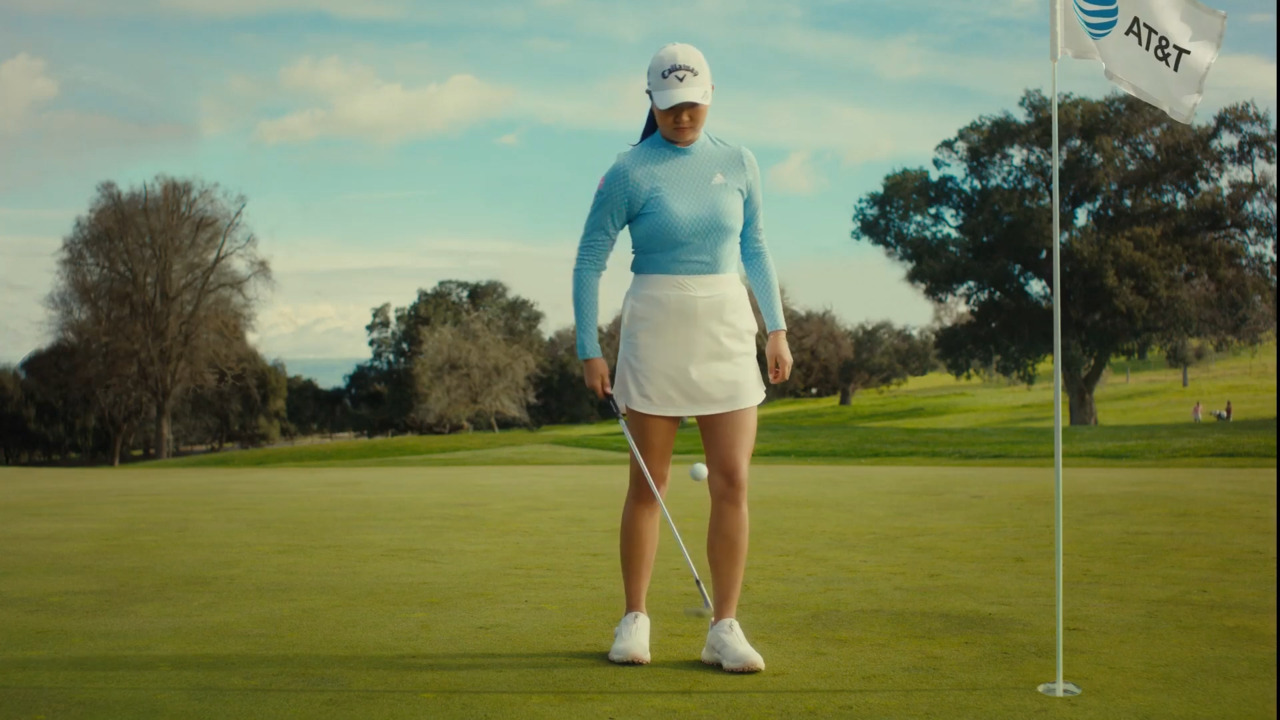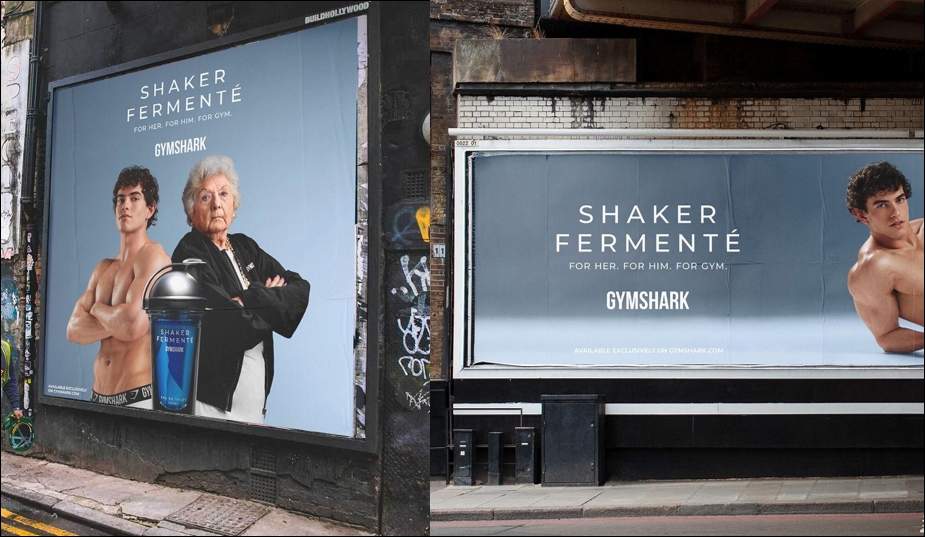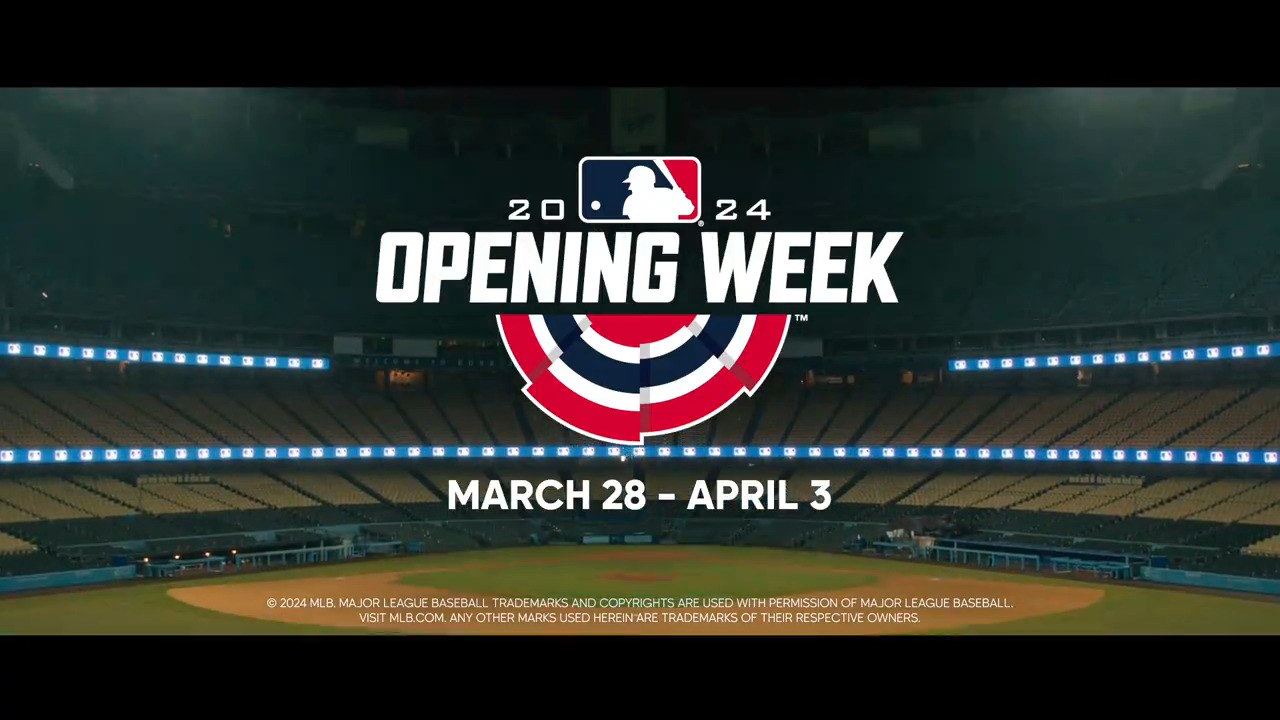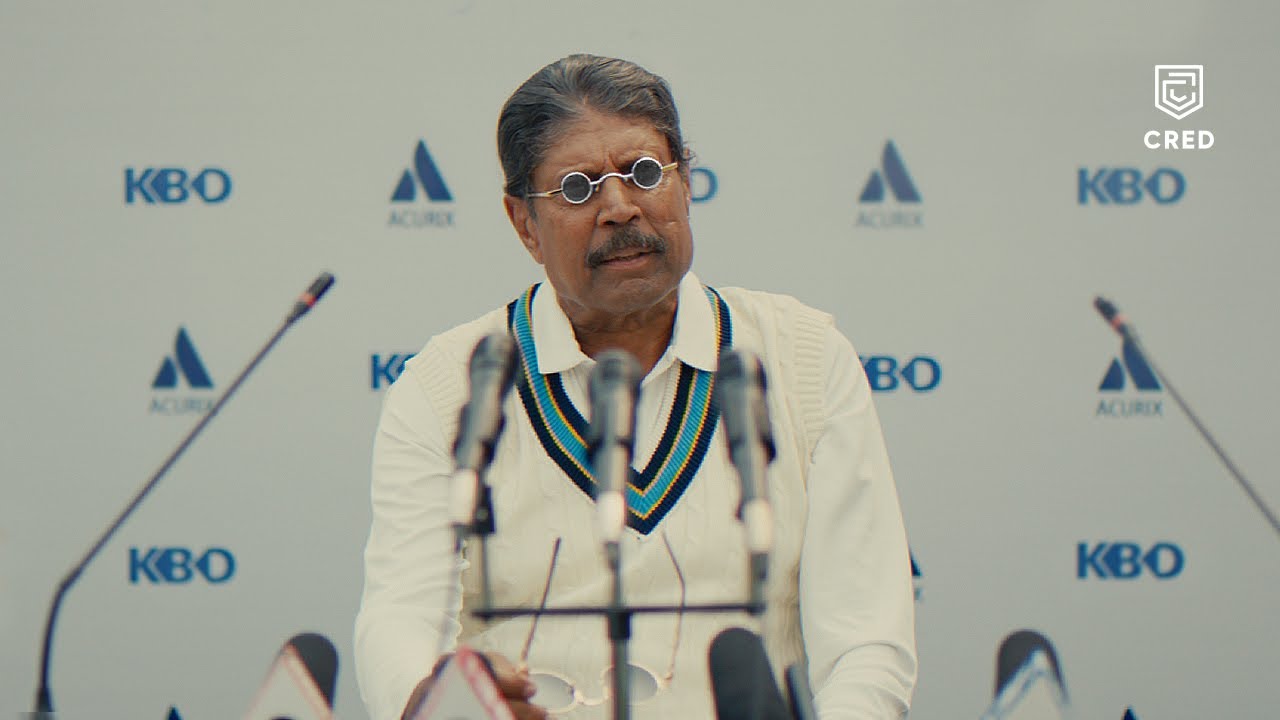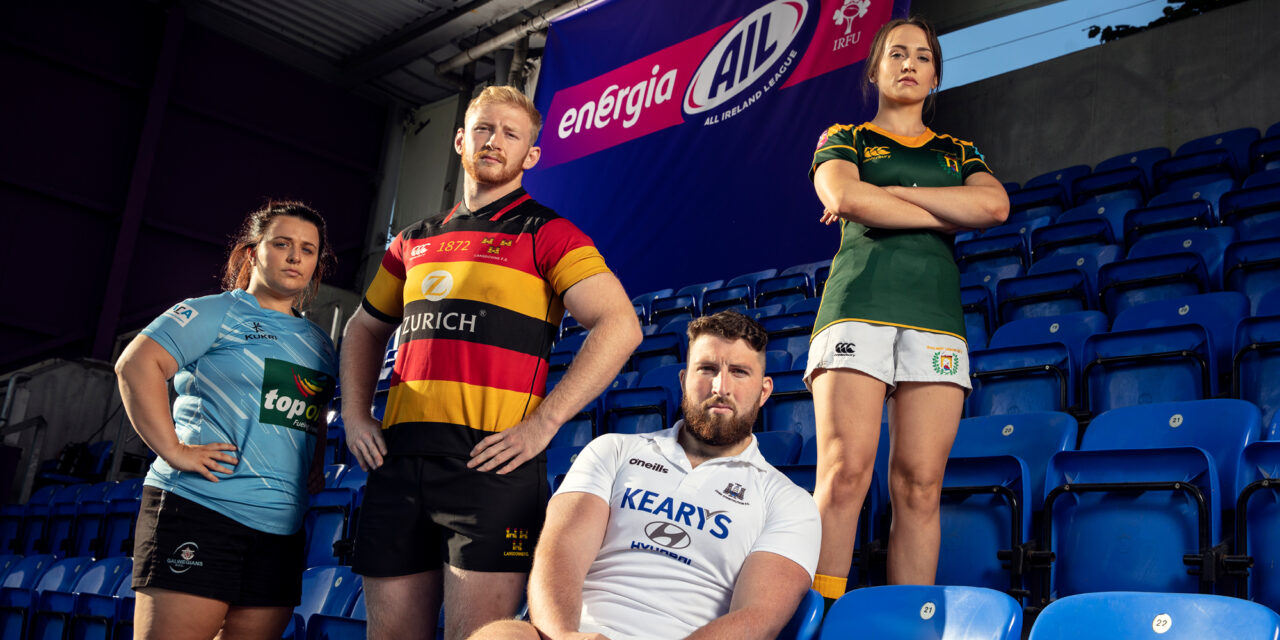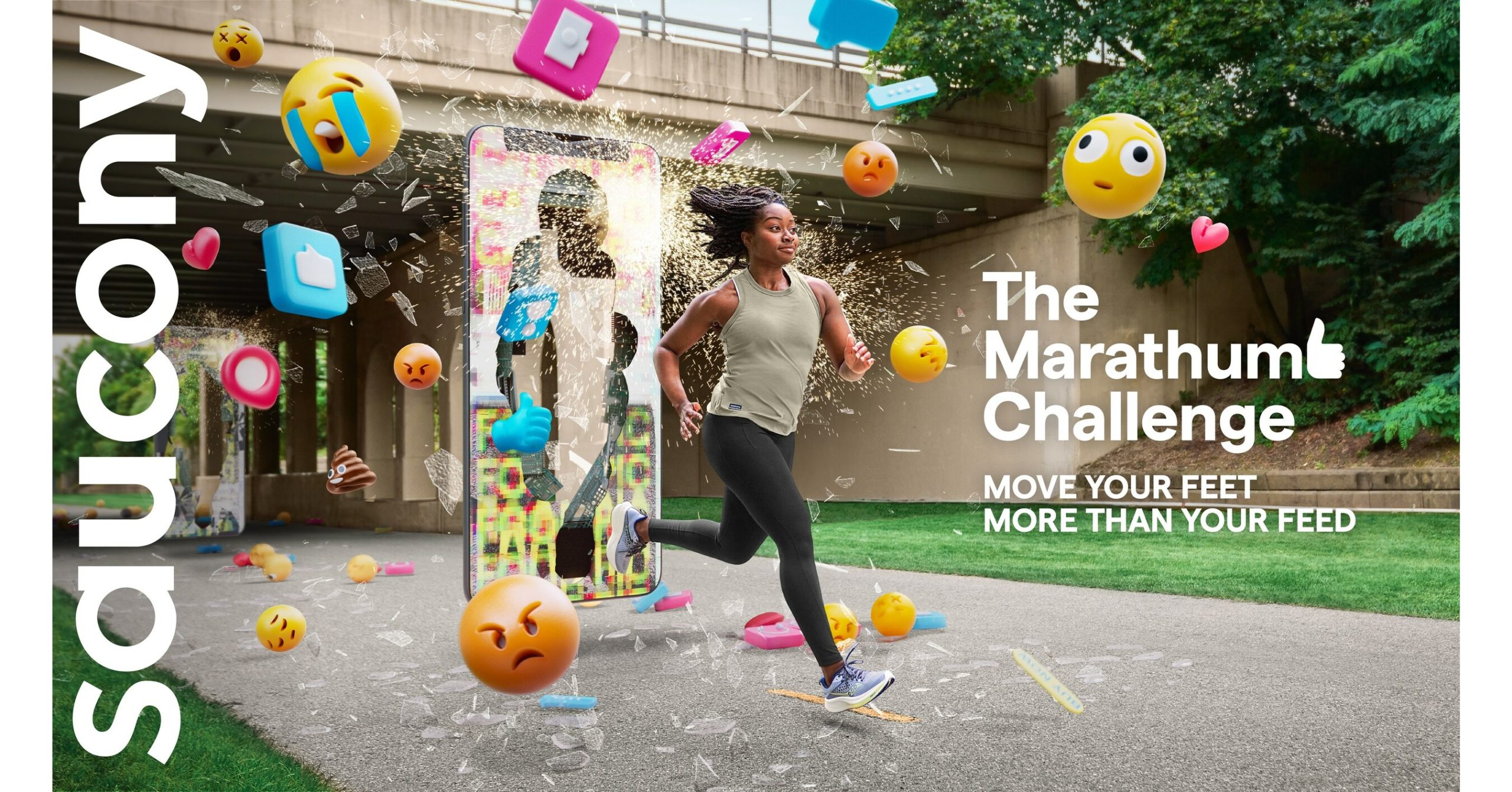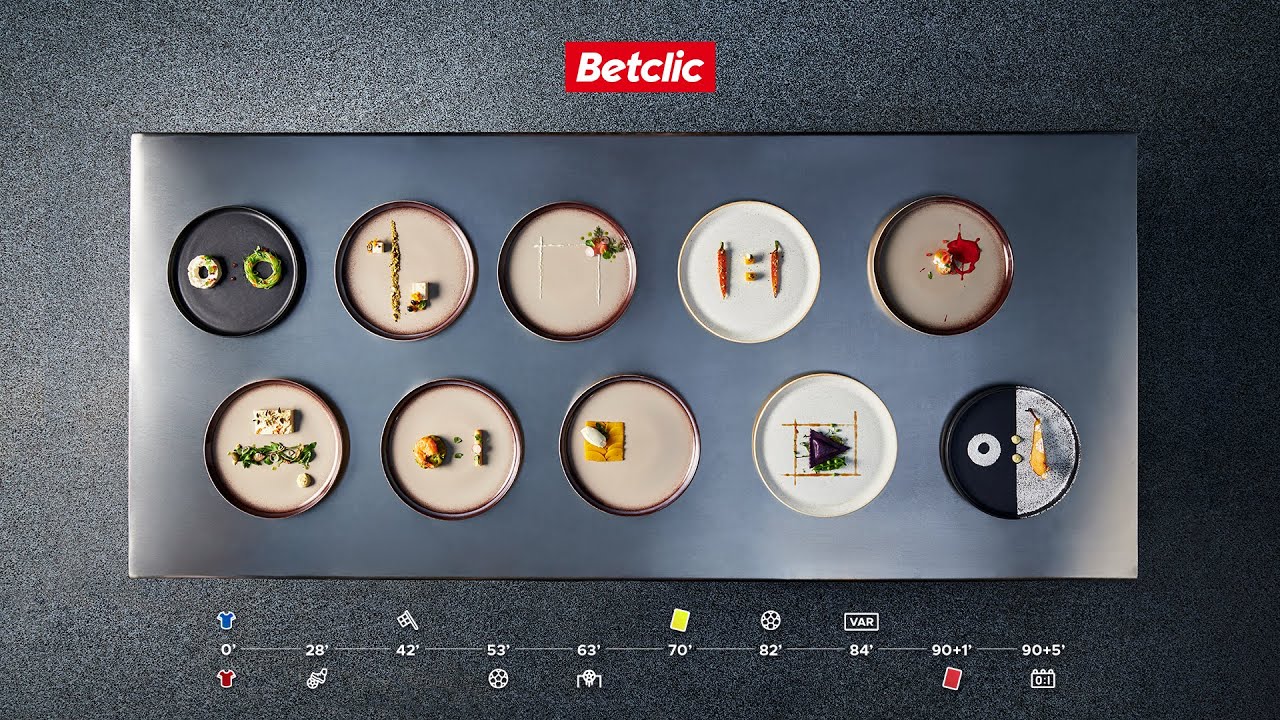Glastonbury prides itself on its non-commercial philosophy – after all, it has been part of the festival’s counter-cultural USP since 1970 – but the reality on-site and on social is becoming increasingly different.
While this year the most visible brands remain the established festival charity triumvirate – Greenpeace, Oxfam and WaterAid (see case study) and the NHS Blood & Transplant ‘Cause of the Year’ – and despite and its ban on on-site branding, the restrictions placed on official partners, the lack of stage logos or branded marquees and the broadcast deal with the no-ad BBC, things are changing.
With more than 175,000 attending the event, several days of primetime (BBC) TV coverage and a set of A-list celebrities unmatched anywhere else – perhaps it is inevitable that more and more brands are going to be vying for attention at Glastonbury.
While the commerciality of the festival is more subtle than at most of its rival festivals and its partners must adhere to on-site branding restrictions and avoid the more commonly used channels, they have development more covert and perhaps more effective way of promoting their products at Glastonbury.
We’re not just talking about simple, social-media led Glastonbury Brand Jacking (see case study), but in recent year’s brands have become increasingly skilled at subtle product promotion and effective fan engagement at Glastonbury by eschewing the traditional logo-led marketing channels.
The classic approaches were partnering on cause campaigns with an official Glastonbury charity, providing genuinely useful services and much-needed utilities to the temporarily tented festivalgoers (see Orange case study), building on local affinities and synergies (see Thatcher’s Cider case study) or working quietly behind the scenes and getting ‘backstage’ with the entertainment trend-setting elite and opinion-leading influencers (see Hunter case study).
But where once much of this was largely in keeping with the traditional festival ethos – by linking with cause-led campaigns and partnering with charities, or by providing valuable utilities and services to the giant tent city – in this year there seems to be less and less subtlety and more overt, in-your-face commercialism.
(Yes, you, Pharrell Williams and your logo-drenched on-stage cohort who together formed a giant, multi-coloured, live Adidas Originals promotion).
One can only hope the commercial tide can be held back sufficiently to ensure the event maintains its unique position and rampant commercialism doesn’t undermine the positive effects the festival experience has on thousands of people each year.

